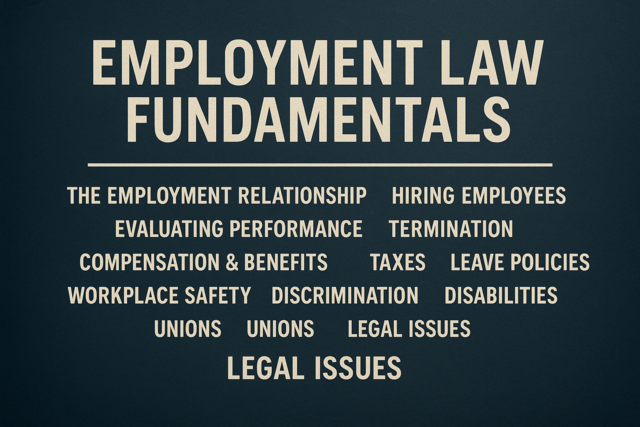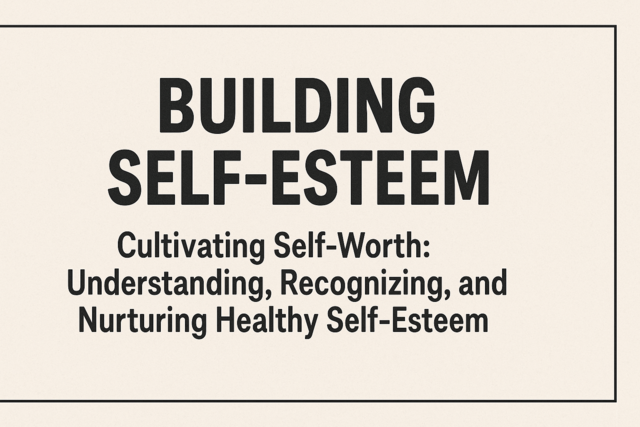Introduction
Organizational behavior (OB) specifically deals with how people and groups behave in organizations. Like organization development it uses a systems approach and takes into account the whole group, all persons and the whole organization. The purpose of OB is to build better interactions and relationships between employees at all levels and to help organizations and those who work for them reach desired goals while fostering strong communication. OB is also used as a means to implement other organizational changes.
Without a clear understanding of the culture of an organization, changes in any areas are often unsuccessful. Hence, an OB specialist may work with other specialists to assist in the guided change of an organization's practices and policies. As in other areas of the field, this area of I/O is also very broad and involved. Those who have a strong ability to recognize and interpret human social behavior would do well in this area of I/O.
Learn It
There are four prevalent organizational behavior models that organizations fall into. Most lean towards one, however, the four will often overlap or other models will prevail from time-to-time. They are similar to the leadership styles. Strictly using one behavior model is not considered better than incorporating all four; however, some are obviously preferable to others from a quality of work-life balance perspective as well as from a performance level perspective. The four OB models are as follows:
-
-
- The Autocratic Model. This model of doing business stresses power at the managerial level. Employees are expected to be obedient and dependent upon their superiors and managers. The employees' needs and requirements are seen as subsistence only and this is primarily what they are given by the organization they work for. The performance level and results for this model are shown to be quite minimal.
- The Custodial Model. Economic resources dominate this type of organization model. The managerial orientation is money centered. Employees are expected to mirror the managerial inclination and thus they seek security and benefits as the reward for work. In this model dependency on the organization is an end result as the employee needs security which can only be provided by the organization itself. The performance level and result is passive cooperation from employees.
- The Supportive Model. This model follows a leadership style of managerial support. Employees are also motivated by job satisfaction and the need that is being met is recognition. The performance level and result drives employees who strive for status and personal fulfillment.
- The Collegial Model. The Collegial model is one of teamwork with managers working as partners with their staff. The employee need that is being met in this model type is self-actualization. The employee performance result is moderate to high enthusiasm and productivity.
The Systems Approach
-
This approach to organizational behavior is usually favored over examining one particular aspect or area of the organization. The OB specialists try to look at things in wholes rather than parts. For instance when dealing with employees they look at the whole employee, their needs, financial compensation, skills, motivations, circumstances, training, home lives, quality of work-life balance, and so on. Likewise, when looking at an organization in a holistic manner OB specialists will look at all aspects that may affect behavior within the organization. They will look at board members, executive staff, middle management, and supporting staff and how they interact when trying to establish a predominant behavior or behavior model.
In this way they are able to formulate changes in the way all employees are communicating and help them to improve the relationships that prevail within the organization. Those who favor a systems approach are often called systems thinkers as they tend to use this theory in all aspects of I/O to make effective change.
Organizational Culture
The culture of an organization is essentially the collective personality of those who work there. The assumptions, values, norms, and practices will all cumulate to display a unified company character. New employees who come from one organization into another will quickly recognize a shift in culture, or a way of doing things that they will eventually assimilate into their own work ethic. Anyone who has started a new job in any size organization will recognize this distinction.
The OB specialists will often come into an organization that requires their services and simply observe for several weeks or even months to get a "feel" for their culture and what needs to be changed to create better relationships. A firm grasp of human behavior and company culture is very important to manage a large, organization wide change. Without a clear understanding of the organizations culture other changes will be difficult or impossible to implement.
- Assumptions.
- Values.
- Norms.
- Practices.
Conclusion
Introduction
In the distant past the correlation between work and family was not even considered an issue in the work place. Following the industrial revolution in America the norm was that men worked while the large majority of women stayed home to maintain the household and raise children. Thus, for most employees the issue of family and balancing work and personal life was taken care of by the non-working spouse. In the last several decades, however, things have changed tremendously in the work environment. Most families now have two working partners and there are a large number of single working parents.
Workers and organizations have come to realize that for people to be productive and fulfilled on the job they must have a balance between work life and home life regardless of whether they have children and spouses or not. On the opposite end of the spectrum there are multitudes of single working people who have become workaholics who become so involved in their jobs that they refuse to utilize vacation time despite all evidence that a break in a grueling work schedule is necessary for creative thinking and peak performance. Some companies have taken the initiative and have established an enforced vacation policy in response to this trend.
Learn It
Workplace Stress
The I/O psychologists have long recognized the negative effects of stress on the job. Many devote their careers to help organizations eliminate or at least alleviate factors in the workplace that cause undue anxiety to employees. Some of these factors are directly related to personal issues that are unique to the employee; however, studies show that this is the exception rather than the rule. The main culprit is directly linked to deficiencies in the management and organization of work. While this is still a developing field, there has been much progress in the direction of improvement of this problem in the last decade.
The first step in reducing workplace stress is to find their root causes and eliminate them systematically. Below are several changes that can be made within organizations that have been shown to affect the problem at its root causes and thus reduce stress.
- Providing stimulating and challenging jobs that provide workers with variety and allow them to use their creativity and skill.
- Reducing tight management control and providing workers with greater autonomy over their own work, which includes involving them in decisions that affect them and their jobs directly.
- Establishing a management structure in which superiors consult and communicate openly with workers at different levels on a regular basis.
- Ensuring that opportunities are available to the employees for their career development and proper training is provided to them to efficiently perform their jobs.
- Implementing a policy of work, family, and outside interest balanced by providing programs such as flex hours, daycare, and mini-vacations.
- Setting a standard of managing and organizing work in a logical and straight forward manner so that employees have a clear understanding of what is expected of them.
- Creating teams or organizing work which allows for employees to interact with their peers on a regular basis.
- Allowing for the flexibility to let employees control the pace of their own work and avoiding unrealistic deadlines and goals that ultimately lead to failure.
Programs such as team building and on-site exercise are becoming increasingly popular. While they are not a replacement for identifying and eliminating the roots of stress in the workplace, implementing these stress reducing programs may be helpful as an additional means of helping employees avoid building stress. Below are some of the programs that are currently being used within organizations to eliminate workplace stress with fine results.
- On-site daycare and sick child care facilities.
- Exercise programs such as yoga, Pilates, or an on-site gym.
- Off-site or on-site, fun team building events that involve all employees.
- Companywide charity involvement such as Habitat for Humanity.
- Dress-down days or policy.
- Company gatherings such as barbeques, picnics, or causal lunches.
- Unstructured brainstorming sessions.
- Impromptu field trips.
Family Friendly Practices
With more recognition of the balance between family and work it has become a necessity to implement family friendly practices within the work environment. While not all people have children, most do have an extended family and certainly all have lives outside of work (or should). Practices that acknowledge employees' lives outside of work have been shown to be cost effective, have improved productivity, and lowered employee turn-around to a very large extent.
Some of the most talented and desirable employees will choose to work for one company over another if the company has taken into consideration the importance of family and have provided programs and practices that allow for this aspect of their lives. Even those without children find that these companies are more satisfying to work for as they tend to encourage whole person growth and job satisfaction. In fact many companies call these policies work-life balance programs as they can be applied to those with or without families.
With the large influx of women in the workforce it has become more than ever a necessity to offer programs that allow for family responsibilities. Indeed this area of I/O has grown due to this influx. Some work-life balance practices that have shown to be highly successful in improving productivity and employee satisfaction include:
- On-site daycare and sick child care.
- Paid parental leave.
- Extended parental leave.
- Adoption leave.
- Sick family care leave.
- Flex hours.
- Telecommuting opportunities.
- Time off for emergencies.
- Child care compensation.
- Daycare computer video supervision access.
- Job share programs.
- Bring your child to work days (snow days, teacher conferences, and others).
- Bring your dog to work environment.
- Outside interest integrated work schedules.
Conclusion































